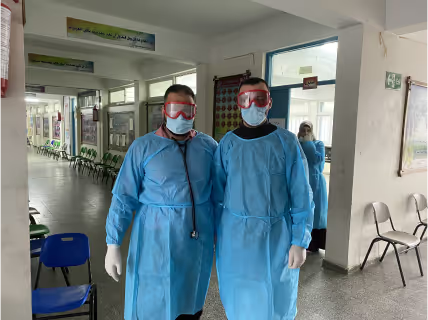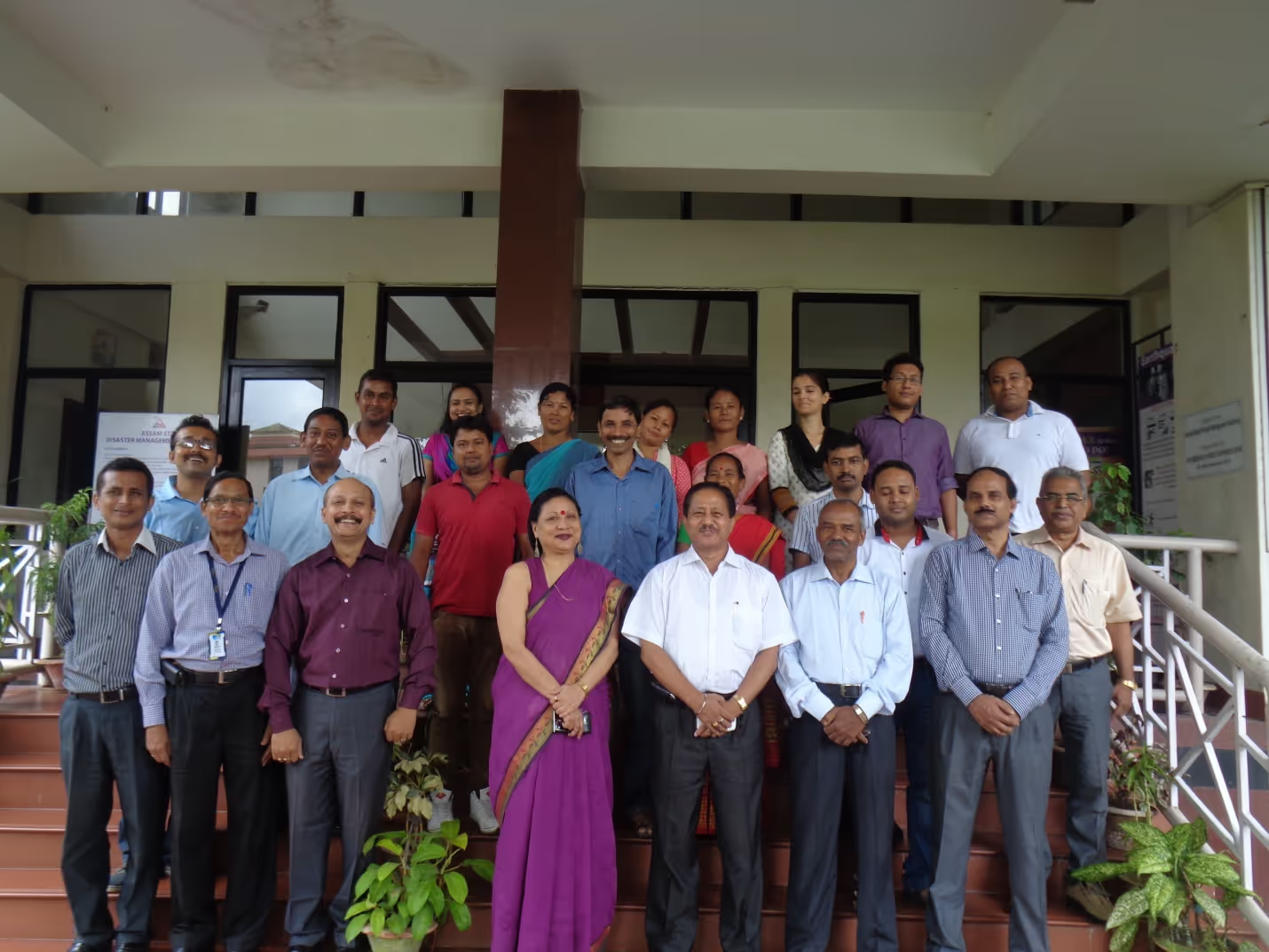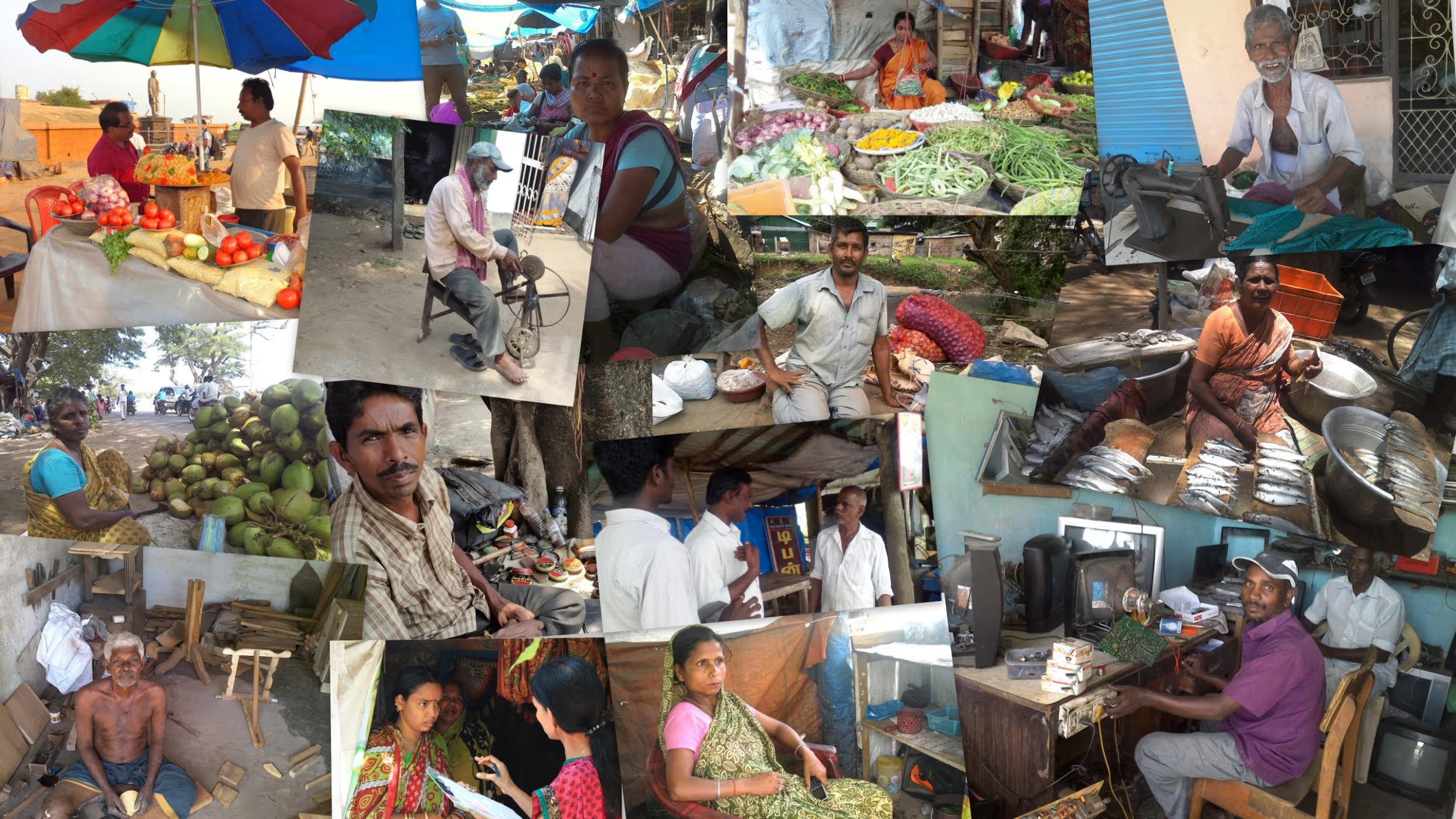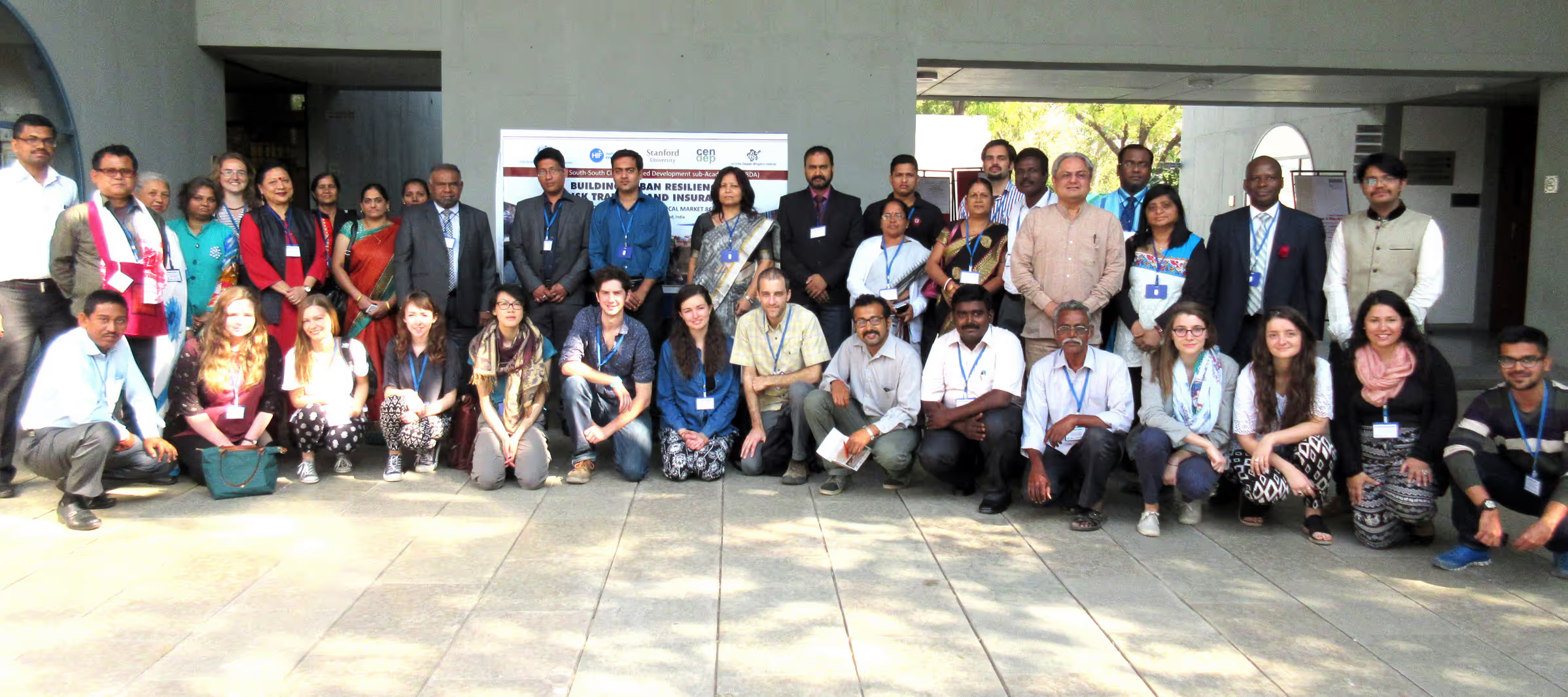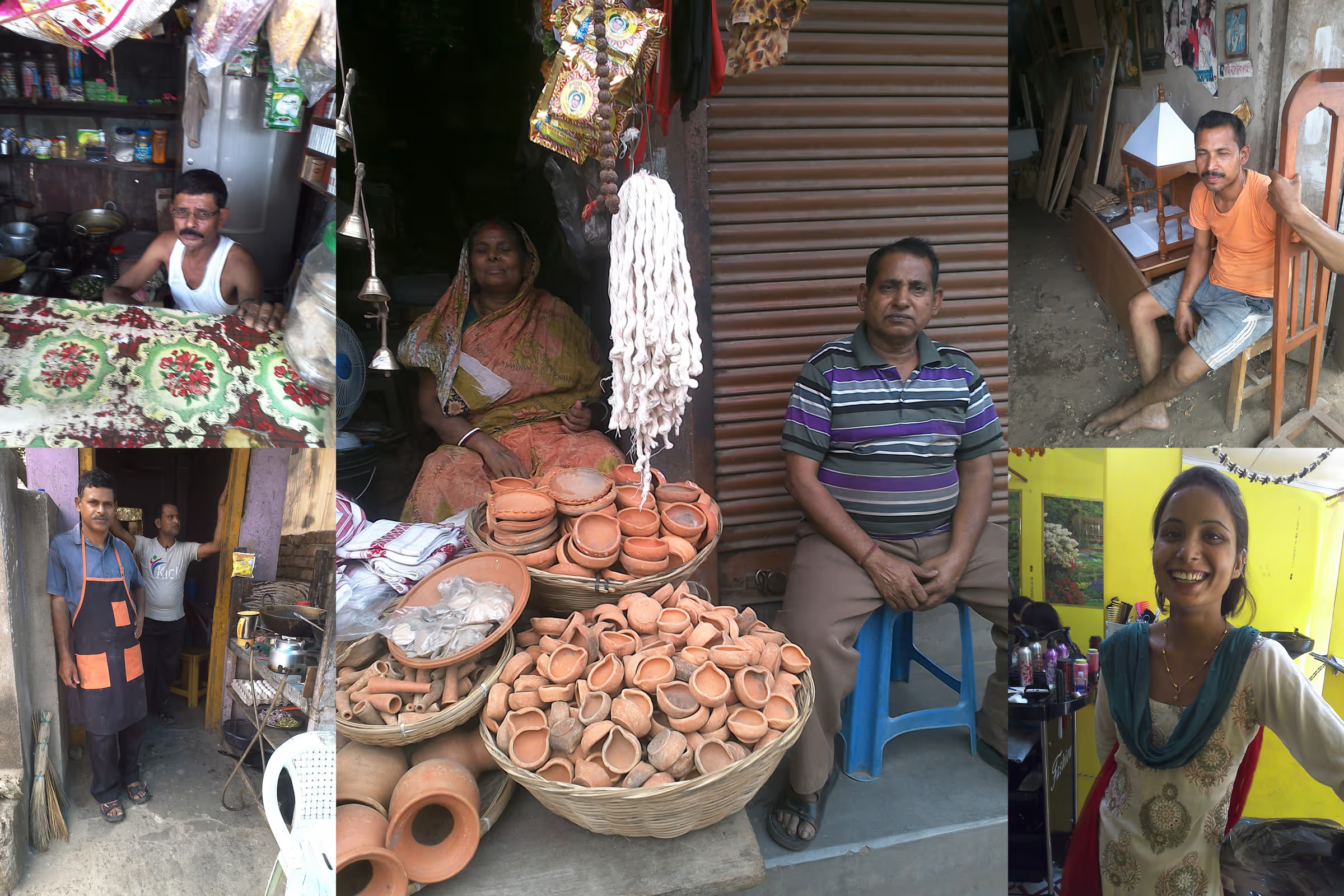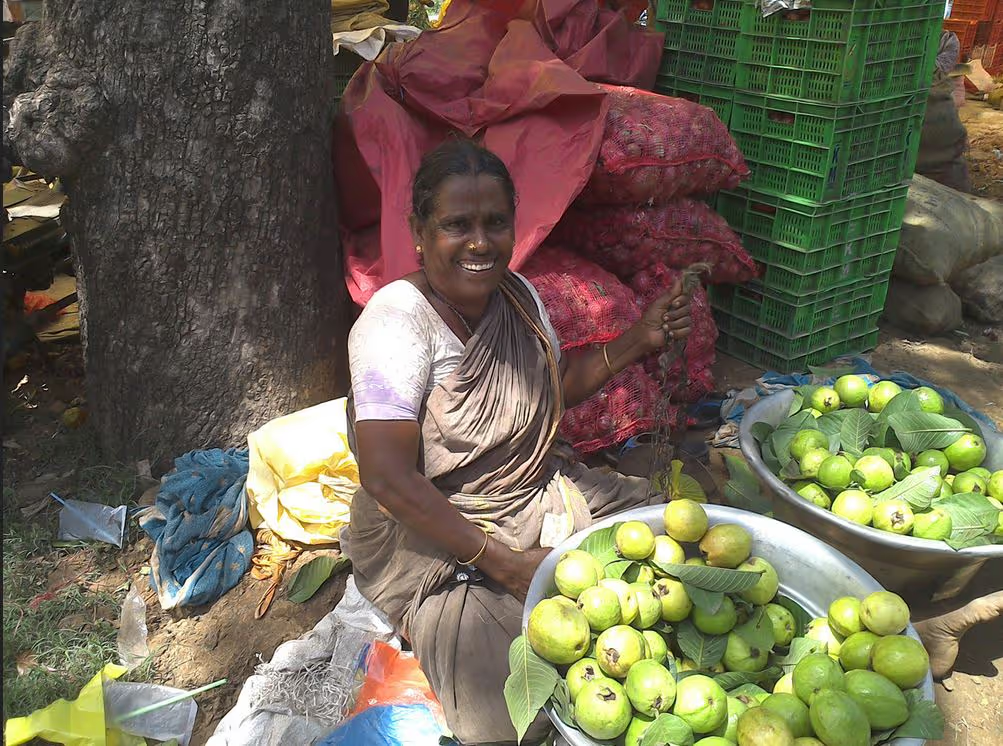Innovating Disaster Micro-Insurance for Local Market Recovery
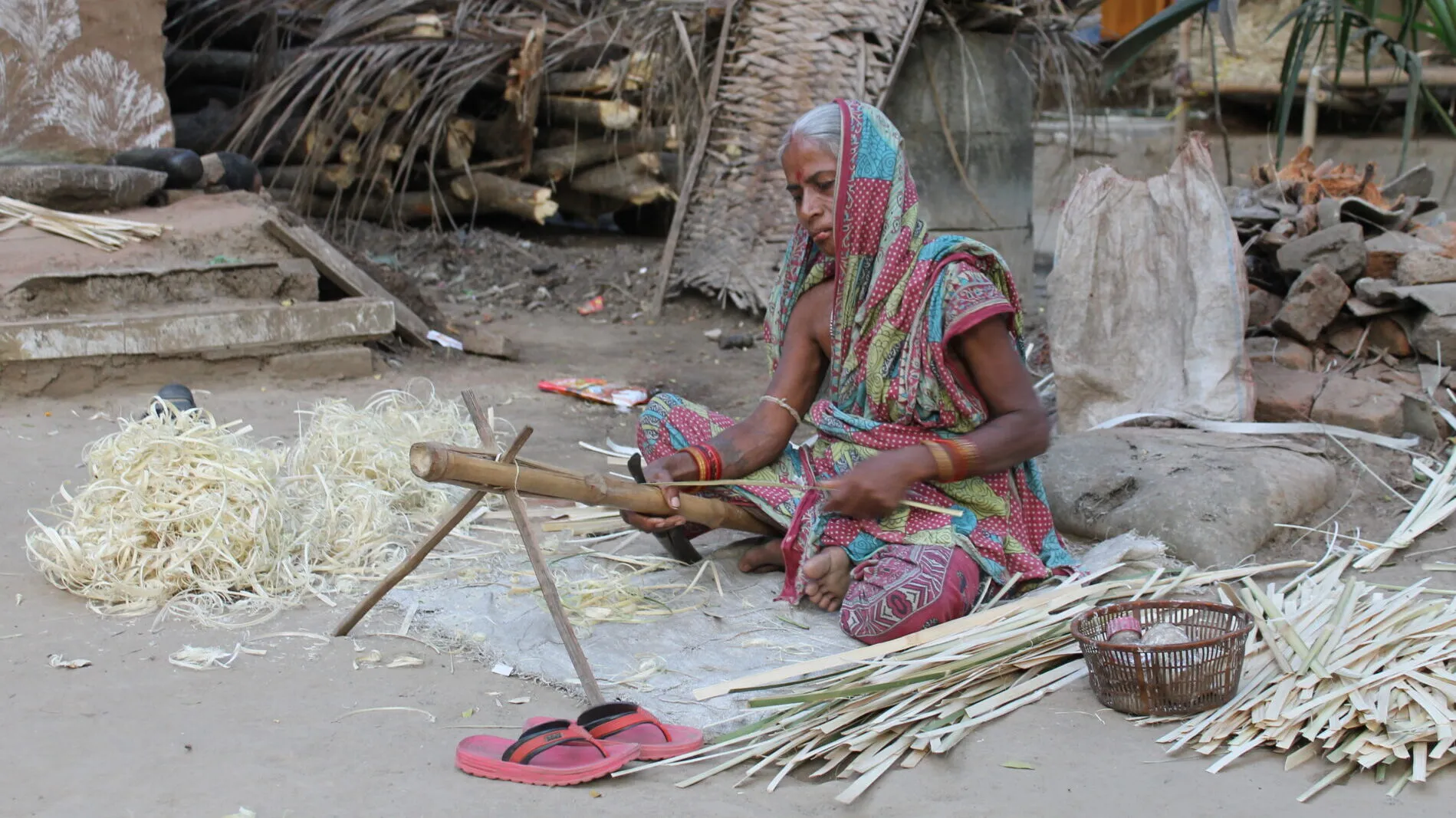
Project overview
The innovation is a small business disaster micro-insurance program to enhance recovery of local markets that play a critical role in providing goods and services to disaster affected populations in urban settings.
Project solution
This project offers [specific solution or intervention] to tackle [challenge]. By implementing [strategies, tools, or innovations], the project aims to achieve [desired outcomes]. The approach is designed to [specific actions or methods] to bring about meaningful change in [community, region, or issue area].
Expected outcomes
This project aims to achieve [specific outcomes], such as [measurable results, improvements, or changes]. The expected impact includes [benefits to the target community, advancements in research or innovation, or long-term effects]. By the end of the project, we anticipate [specific changes or milestones] that will contribute to [broader goals or objectives].
WHAT IS THE HUMANITARIAN NEED?
To date, the concept of disaster microinsurance for small businesses remains untested but there is engagement by stakeholders at all levels in microinsurance programs. An earlier project by AIDMI showed that the concept of disaster microinsurance for urban poor communities was viable and the partnering financial institutions are engaged in broadening products for this growing population. The clients of the previous community disaster insurance program expressed their desire for a similar product aimed at their own businesses.
There is also ample evidence that insurance mechanisms are effective risk mitigation strategies. While the vast majority of these micro-enterprises lack access to disaster insurance, there is evidence of need and when access is available to businesses, there is uptake of this type of insurance. This solution is very relevant for humanitarian response in urban populations as their needs, including food and healthcare, are primarily met by these small enterprises.
;
WHAT IS THE INNOVATIVE SOLUTION?
Micro-enterprise (very small business) disaster insurance would improve recovery of local markets that play a critical role in providing goods and services to vulnerable disaster affected populations in urban settings. It is a supply side intervention for local small business recovery and resilience. There is no existing risk management service for these very small businesses that are the primary markets for many in rapidly growing cities.
It adapts proven microfinance mechanisms to address a major part of the humanitarian crisis recovery process for which standards do not exist. As an insurance program, this innovation aims to enhance resilience among the small enterprises that are vital to these communities.
This innovation would make humanitarian efforts more cost-effective by mitigating risks and even changing pre-disaster behaviour based on risk financing. This innovation also protects gains made from development and previous humanitarian interventions by aiming to protect markets from the effects of future crises.
The innovation addresses local market recovery through disaster microinsurance. It is an intervention implemented in the pre-disaster phase to improve aid during the acute and recovery phase of a crisis in a sustainable and scalable way. Humanitarian response would be enhanced by a rapid recovery of these small enterprises. This innovation falls under both disaster prevention and preparedness through risk mitigation as well as reconstruction relief and rehabilitation with the insurance pay-outs.
WHAT ARE THE EXPECTED OUTCOMES?
- The project will determine the market need and demand through a demand survey in three cities of India. A demand survey report.
- The project will monitor and evaluate outcomes to design appropriate disaster microinsurance policy with insurance providers. Consultation reports; workshop report; and guideline for micro enterprise.
- The project will insure 9000 micro and small business enterprises from current humanitarian aid contexts in three cities of India. Training reports; data sets; List of enterprises covered.
- The project will inform practice and policies of the humanitarian aid community, insurance sector and national governments to support up scaling of risk transfer approaches.
- Publications will include three issues of AIDMI’s southasiadisasters.net newsletter; a final project end evaluation report; report of national consultation; and academic research publication(s).
Project delivery & updates
Stay up to date with the latest developments from this project. Here, you will find details on what has been delivered, resources created, and regular updates as the project progresses. Access key documents, reports, and other materials to see how the project is making an impact.
Resources
Journal article
LEARN MORE